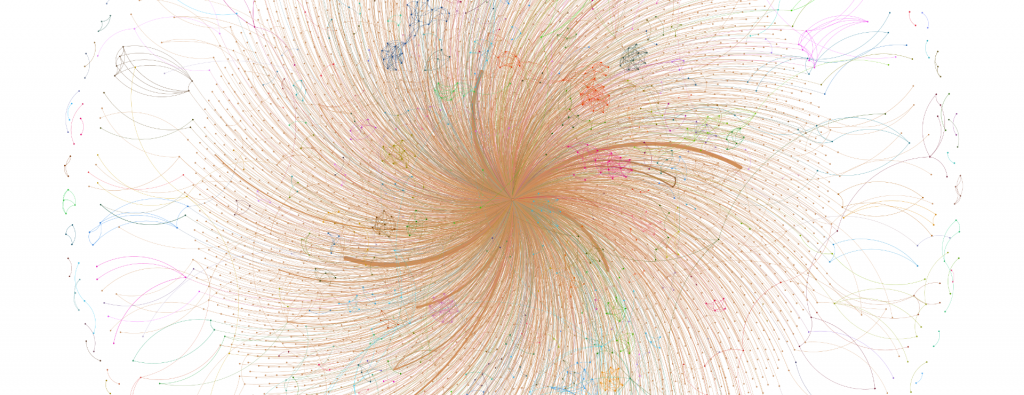Over the past month we've explored the ability of facial analysis to help us understand the narrative landscape of television news through a growing library of explorations, from tracking how Russian television repurposes American media personalities to building a network of "who appears next to whom" on a single broadcast to constructing a single graph of the co-occurrences of an entire year of Russian television news.
The idea of examining facial co-occurrence is not a new one, but the underlying technology has advanced to the point where it is both extremely accurate and deployable at the scale of an entire television channel over years with just a few lines of code on ordinary hardware. Most importantly, this newfound scalability brings with it the ability to leverage it not as an exotic and abstract concept, but as a new method in the narrative analysis toolkit to understand the narrative landscape of television news, for the first time making it tractable to examine the networks of who tells the stories of the visual-first medium of television.
Perhaps most excitingly, the ability to blend such "who talks to whom" networks with both more traditional text-based spoken word discourse analyses and new forms of visual discourse analyses opens the door to fundamentally new ways to understand the world of visual storytelling, with tremendous implications to the growing use of video on the web.
